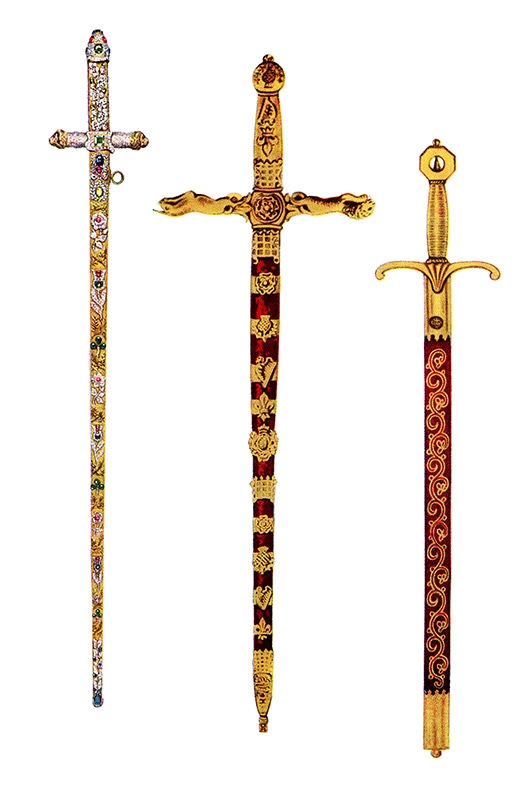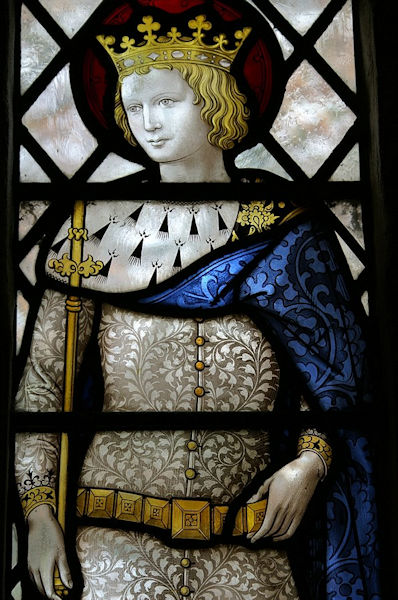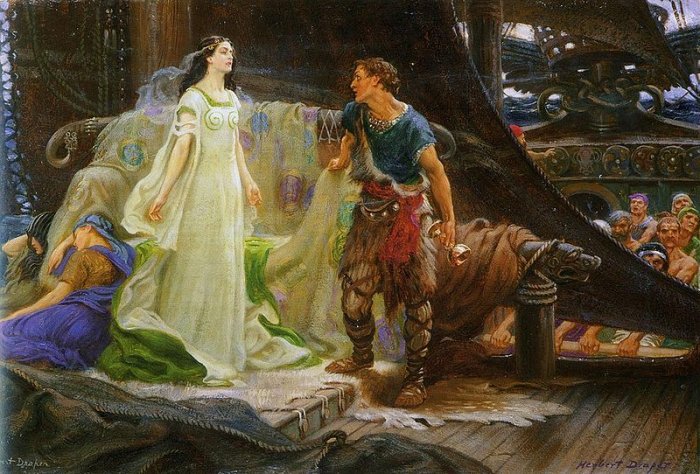Curtana – Sword Of Mercy Once Belonged To The Anglo-Saxon King Edward The Confessor And Perhaps Even The Arthurian Hero Tristan
Ellen Lloyd – AncientPages.com - Curtana, the Sword of Mercy, is an 11th-century sword that is a truly historical object and one Crown Jewels of the United Kingdom. It is one of only five swords used during the coronation of British kings and queens.
The other four British coronation swords are the Jeweled Sword of State, the Sword of State, the Sword of Temporal Justice, and the Sword of Spiritual Justice. The British Crown Jewel's swords are some of the most valuable swords in the world.
From left to right: The jeweled Sword of Offering, the Sword of State, and the Sword of Mercy (Curtana).
G. Younghusband; C. Davenport (1919). The Crown Jewels of England. London: Cassell & Co. p. 54. (published in the US by Funk & Wagnalls, NY). Cyril Davenport (1848 – 1941)
This famous weapon once belonged to Edward the Confessor (1003-1066), one of the last Anglo-Saxon kings of England before the Norman Conquest of 1066. He was known as 'the Confessor' because of his deep piety.
Edward the Confessor ruled from 1042 to 1066, and his reign was characterized by the crumbling disorganization of royal power in England. Shortly after Edward the Confessor's death, the Normans began to expand into England, led by William the Conqueror, a ruthless and powerful ruler who changed Britain forever.
Church of England parish church of St Nicholas, Ickford, Buckinghamshire: stained glass window depicting Saint Edward the Confessor. Ickford, Buckinghamshire. Credit: Vitrearum - CC BY-SA 2.0
The name Curtana comes from the Latin Curtus, meaning short. Interestingly the sword is also linked to some ancient legends.
According to one legend, the Curtana was the sword of Ogier the Dane, an 8th-century warrior. The sword bore the inscription, "My name is Cortana, of the same steel and temper as Joyeuse and Durendal." It is said that Ogier drew the Sword of Mercy against Emperor Charlemagne's son in revenge for the murder of his son but stopped with a voice from Heaven called upon him to show mercy.
Tristan and Iseult as depicted by Herbert James Draper (1864–1920). Public Domain
Another legend links the Sword to Mercy to Tristan, the hero of the Arthurian Tristan and Iseult story. He was a Cornish knight of the Round Table.
The 13th-century Prose Tristan states that Ogier had inherited Tristan's sword, shortening it and naming it Cortaine.
These ancient legends may be true but have not been confirmed. What is undoubtedly very possible is that the Sword of Mercy once belonged to Edward the Confessor.
It has a steel blade inlaid with copper and a wire-bound grip. The scabbard is covered with velvet and embroidered with gold thread. The blade started as a normal pointed sword that had been cut off about from its original point. Why the sword is broken is an ancient mystery. Perhaps Edward, the Confessor, broke the blade himself or had it forged that way precisely for the current symbolic resonance. It's also been said that an angel broke off the blade to show that a sovereign must show mercy.
Today, the Sword of Mercy is displayed with the other Crown Jewels in the Jewel House at the Tower of London.
Updated on March 9, 2024
Written by - Ellen Lloyd – AncientPages.com
Copyright © AncientPages.com All rights reserved. This material may not be published, broadcast, rewritten or redistributed in whole or part without the express written permission of AncientPages.com
More From Ancient Pages
-
 X-Ray Reveal Ghostly Portrait Of Mary Queen Of Scots Hidden Underneath 16th Century Painting
Archaeology | Nov 3, 2017
X-Ray Reveal Ghostly Portrait Of Mary Queen Of Scots Hidden Underneath 16th Century Painting
Archaeology | Nov 3, 2017 -
 Burnt Mound Complex Dated To Bronze Age – Uncovered At Suffolk Site
Archaeology | Jun 19, 2023
Burnt Mound Complex Dated To Bronze Age – Uncovered At Suffolk Site
Archaeology | Jun 19, 2023 -
 Early Humans In Europe Were Making Fires At Least 250,000 Years Ago – New Study
Archaeology | May 18, 2023
Early Humans In Europe Were Making Fires At Least 250,000 Years Ago – New Study
Archaeology | May 18, 2023 -
 Strange Mummies Of Venzone: Ancient Bodies That Never Decompose Remain An Unsolved Mystery
Featured Stories | Oct 22, 2018
Strange Mummies Of Venzone: Ancient Bodies That Never Decompose Remain An Unsolved Mystery
Featured Stories | Oct 22, 2018 -
 Collection Of 59 Well-Preserved 26th Dynasty Coffins Unearthed In Saqqara Necropolis, Egypt
Archaeology | Oct 4, 2020
Collection Of 59 Well-Preserved 26th Dynasty Coffins Unearthed In Saqqara Necropolis, Egypt
Archaeology | Oct 4, 2020 -
 Mysterious Mohenjo Daro Was Home To An Unknown Advanced Civilization Far Ahead Of Its Time
Civilizations | Apr 2, 2014
Mysterious Mohenjo Daro Was Home To An Unknown Advanced Civilization Far Ahead Of Its Time
Civilizations | Apr 2, 2014 -
 DNA Identifies Historical Remains Of George Washington’s Relatives
DNA | Mar 29, 2024
DNA Identifies Historical Remains Of George Washington’s Relatives
DNA | Mar 29, 2024 -
 The Untold Story Of The Lost City Of Machu Picchu Ignored By Historians
Ancient Mysteries | Aug 4, 2020
The Untold Story Of The Lost City Of Machu Picchu Ignored By Historians
Ancient Mysteries | Aug 4, 2020 -
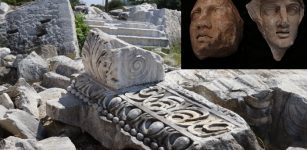 Once Impressive Temple Of Hadrian In City Of Cyzicus Will Be Restored Soon
Archaeology | Sep 7, 2020
Once Impressive Temple Of Hadrian In City Of Cyzicus Will Be Restored Soon
Archaeology | Sep 7, 2020 -
 Remarkable 4,000-Year-Old Seahenge In Norfolk – What Was The Purpose Of The Bronze Age Monument?
Featured Stories | Jul 4, 2022
Remarkable 4,000-Year-Old Seahenge In Norfolk – What Was The Purpose Of The Bronze Age Monument?
Featured Stories | Jul 4, 2022 -
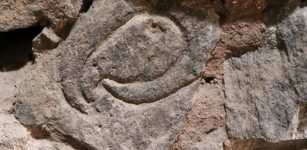 3,500-Year-Old Neo-Hittite Hieroglyphs Found In Cappadocia
Archaeology | May 27, 2019
3,500-Year-Old Neo-Hittite Hieroglyphs Found In Cappadocia
Archaeology | May 27, 2019 -
 DNA Analyses Suggest The Plague Contributed To Stone Age Farmers’ Decline
Archaeology | Jul 10, 2024
DNA Analyses Suggest The Plague Contributed To Stone Age Farmers’ Decline
Archaeology | Jul 10, 2024 -
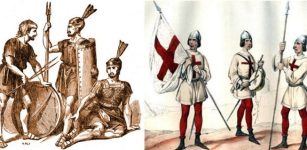 Police Forces That Kept Order In Ancient Streets
Ancient History Facts | Jun 12, 2018
Police Forces That Kept Order In Ancient Streets
Ancient History Facts | Jun 12, 2018 -
 Lost Q Source Remains An Unsolved Biblical Mystery
Biblical Mysteries | May 7, 2017
Lost Q Source Remains An Unsolved Biblical Mystery
Biblical Mysteries | May 7, 2017 -
 Unusual Skeletons And Mysterious Ancient Artifacts Covered With Unknown Characters Discovered In West Virginia By Archaeologists
Featured Stories | Feb 22, 2024
Unusual Skeletons And Mysterious Ancient Artifacts Covered With Unknown Characters Discovered In West Virginia By Archaeologists
Featured Stories | Feb 22, 2024 -
 Is The Legendary Tsuchinoko Real?
Featured Stories | Aug 21, 2019
Is The Legendary Tsuchinoko Real?
Featured Stories | Aug 21, 2019 -
 Hidden Ancient Citadel In The Mayan City Of Tikal Discovered By LIDAR
Archaeology | Sep 28, 2021
Hidden Ancient Citadel In The Mayan City Of Tikal Discovered By LIDAR
Archaeology | Sep 28, 2021 -
 Meidum ‘Collapsed’ Pyramid Of Great Builder Pharaoh Snefru
Featured Stories | Jan 2, 2017
Meidum ‘Collapsed’ Pyramid Of Great Builder Pharaoh Snefru
Featured Stories | Jan 2, 2017 -
 Warming Of North Pacific Helped First Human Migration From Asia To North America
Archaeology | Dec 15, 2020
Warming Of North Pacific Helped First Human Migration From Asia To North America
Archaeology | Dec 15, 2020 -
 Cosmic Impact 12,800 Years Ago Forced Hunter-Gatherers In The Levant To Adopt Agricultural Practices
Archaeology | Oct 4, 2023
Cosmic Impact 12,800 Years Ago Forced Hunter-Gatherers In The Levant To Adopt Agricultural Practices
Archaeology | Oct 4, 2023

